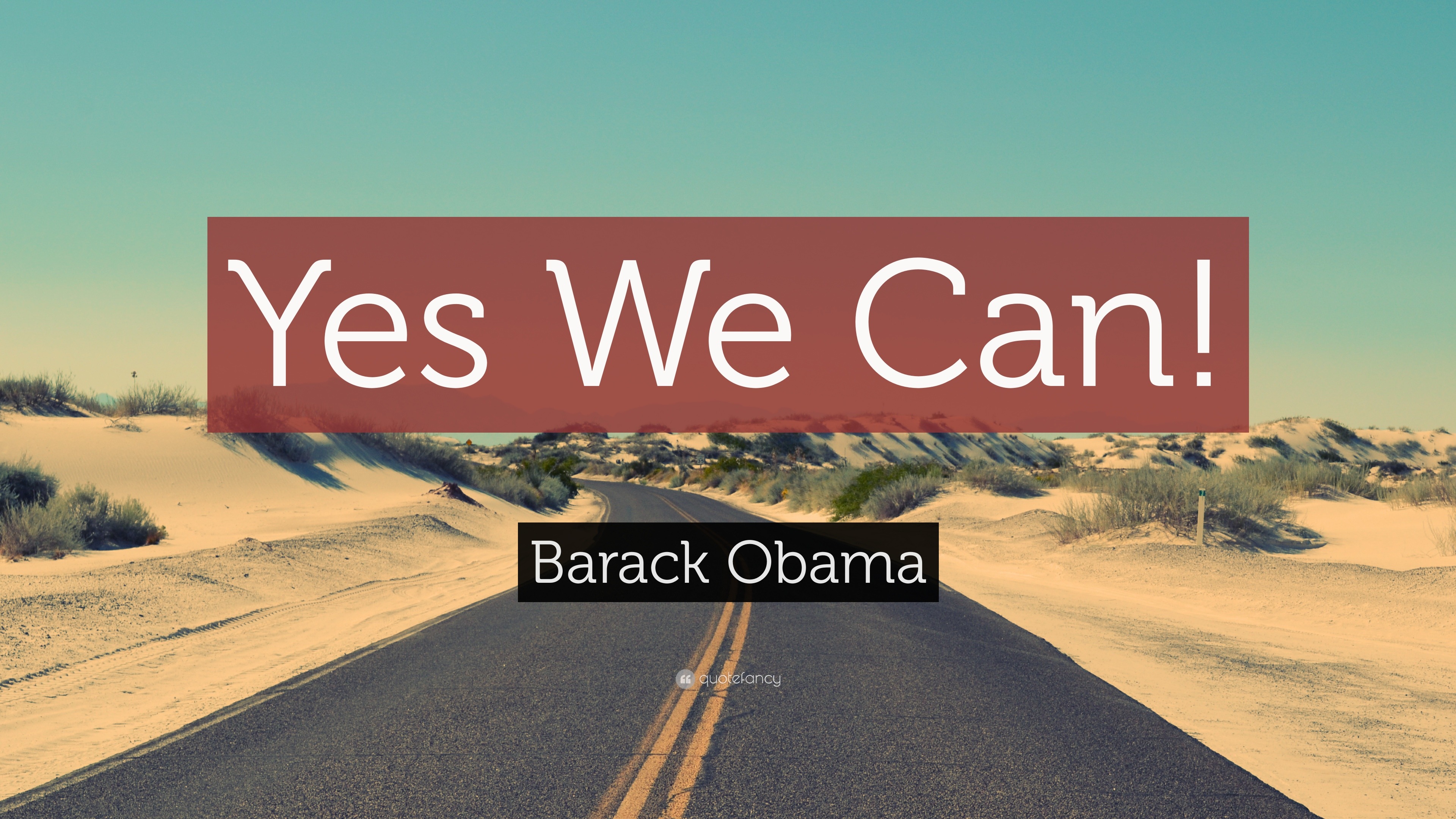
in the new century and echoes the theme of change (Brill, 38). The use of “answer” again here indicates that he is ready to solve the problems that have been affecting the U.S.

“It’s the answer spoken by young and old, rich and poor… (Obama, para.2). The concluding word in this paragraph, “answer,” is the start of the next triple and gives an indication of the resolution of the tension. More so, the use of “tonight” refers to the immediate present, which is a recurring theme that brings the past to the individuals listening to the address.

He refers to the past, “our founders,” as well as the general present, “our time.” The first paragraph also anchors across time. His use of “who still” three times in the opening sentence is a triple that serves the purpose of grabbing the attention of his listeners. In addition, the opening allusion to the American dream echoes the words of great speakers in American history, such as Martin Luther King. Obama’s use of the power word, America, rouses the attention of the audience since invoking the word demands absolute obedience (Balshaw, 18).

Maintaining a direct eye contact with his audience, Obama was loud enough to be heard, but soft enough so that the poetic words could sink deep into the minds of his listeners. With those words, Obama started his keynote delivery with a clear message of hope to the people of America. “If there is anyone out there who still doubts that America is a place where all things are possible who still wonders if the dream of our founders is alive in our time who still … tonight is your answer”(Obama, para.1). Obama employed different rhetorical strategies to deliver the speech and it was effective in giving the audience hope concerning the future. My evaluation of this acceptance speech will concentrate on the way Obama employed the approaches of narration, intonation, verbalization, silence, and telling of stories to draw the attention of the thousands of his audience who were enthusiastically listening to this historic speech.


 0 kommentar(er)
0 kommentar(er)
